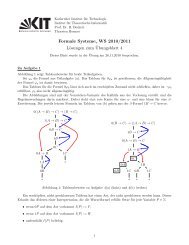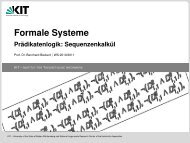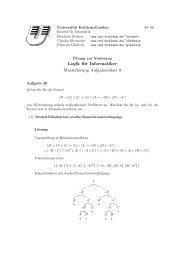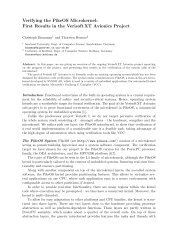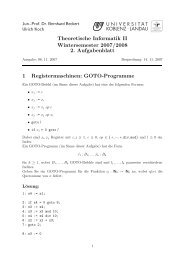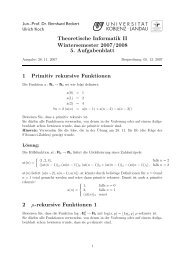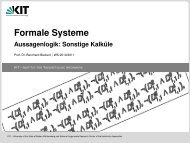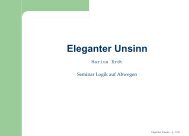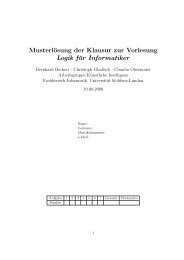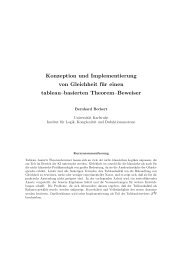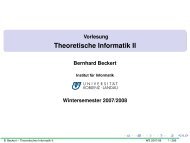Using Kilim's isolation types for multicore efficiency
Using Kilim's isolation types for multicore efficiency
Using Kilim's isolation types for multicore efficiency
You also want an ePaper? Increase the reach of your titles
YUMPU automatically turns print PDFs into web optimized ePapers that Google loves.
Conclusions<br />
• multi-core works best under process memory <strong>isolation</strong>: each<br />
process owns disjoint memory. A good model (actor-like).<br />
UNIVERSITYOF<br />
CAMBRIDGE<br />
• in general need ownership transfer – hardware cost of this is that<br />
of a copy.<br />
• good if ownership transfer is policed by a type system; syntactic<br />
markers give the compiler the right to optimise actual data<br />
transfer.<br />
• substructural <strong>types</strong> provide such a type system<br />
• might need loopholes/exceptions to the type system <strong>for</strong> real<br />
programs (most of the data is still protected).<br />
• Kilim is one solution (a sweet-spot).<br />
<strong>Using</strong> Kilim’s <strong>isolation</strong> <strong>types</strong> <strong>for</strong> <strong>multicore</strong> <strong>efficiency</strong> 45 FoVeOOS’2011



